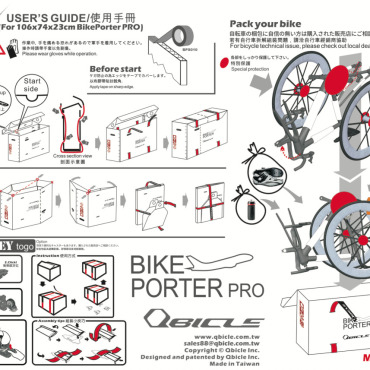
Hello, Bike Transport & Rental Bikes

TOP: Cheering in a Polka Dot Shirt Received from the Advertising Caravan Team ©A.S.O. Charly Lopez
Reporting from the Tour de France, which takes 23 days to circle around France in the middle of summer. In the second part of this three-part column series, I will introduce how European cyclists actually enjoy the Tour de France.
Table of Contents
1. A Ride Alongside Watching the Real Thing!?
2. Points for Safe Riding: Prefectural Road D and National Road N
3. France’s Famous ‘Rond-Point’
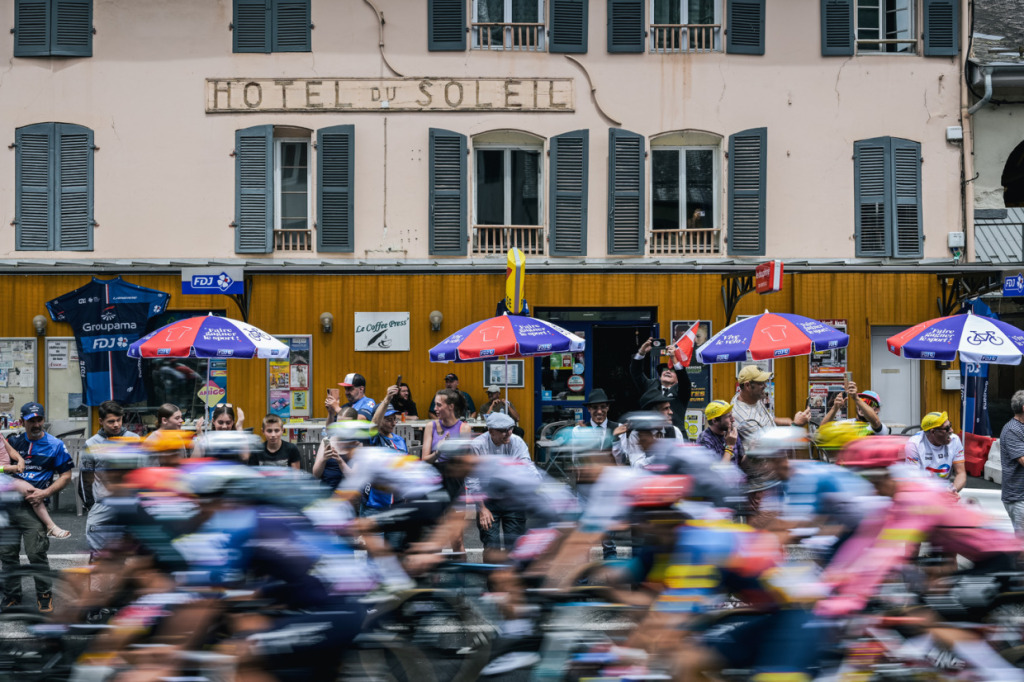
When local cyclists want to enjoy cycling while watching the Tour de France, the most effective method is to load their bicycles onto a car and approach the course. Depending on their fitness level, they park at a reasonable distance, then ride to the course. This approach avoids road closures and traffic congestion. Additionally, while motor vehicles are restricted, bicycles can often pass through. If there’s more than a two-hour gap until the riders arrive, cyclists can even ride on sections of the course that are otherwise closed to vehicles. About an hour and a half before the riders arrive, the advertising caravan team passes through, signaling the start of the event, and cyclists may need to stop and watch from the roadside.
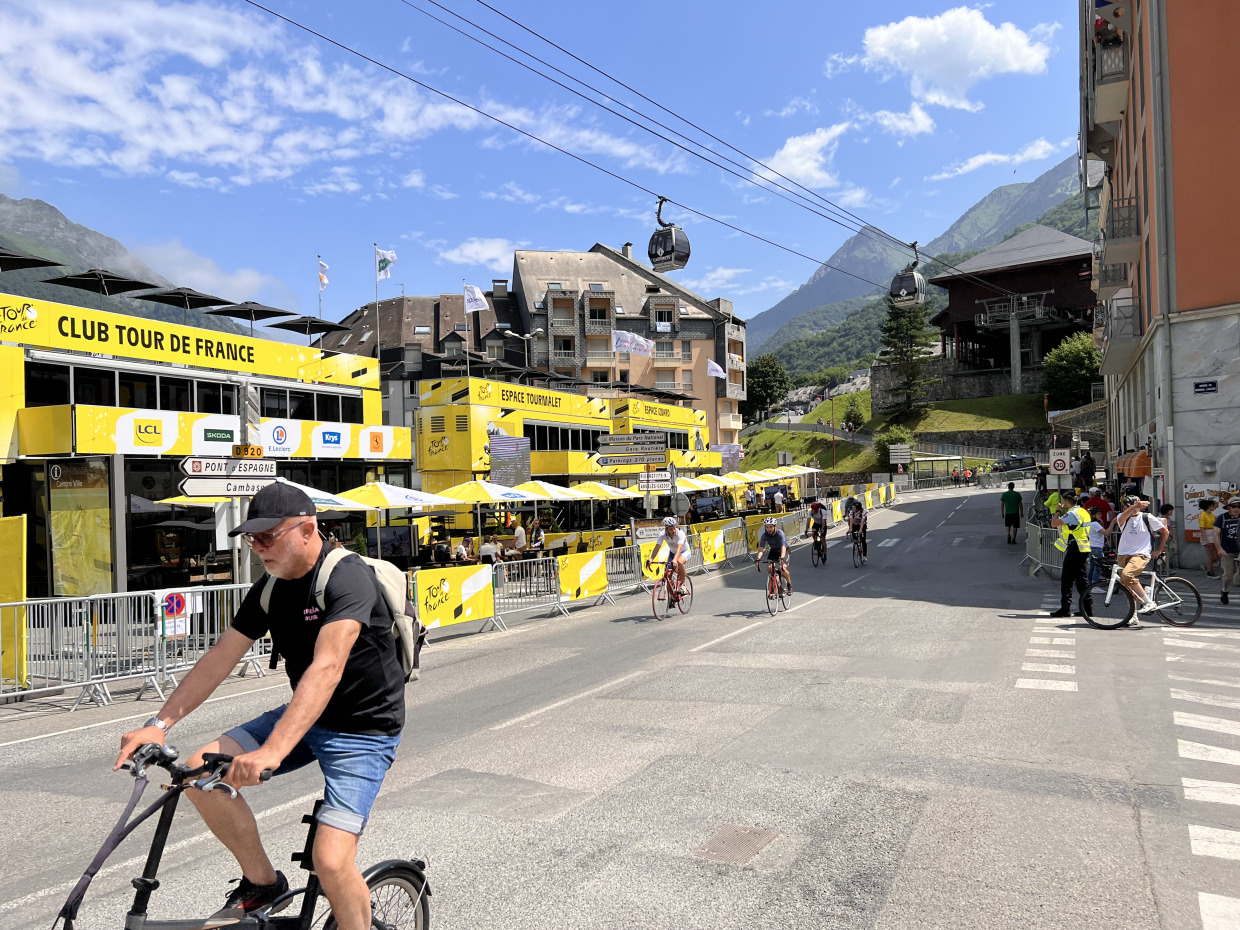
In mountain stages, the number of spectators increases significantly, leading to strict regulations. Steep, category climbs are subject to traffic restrictions from the previous day, with gendarmes stationed at all intersections early in the morning. Some gendarmes diligently enforce orders to stop cyclists, while others remain engrossed in their smartphones and may overlook them. Cyclists, however, are resourceful; if stopped and forced to walk their bikes, they wait until out of sight before remounting and continuing. Nevertheless, the mid-slope of climbs attracts numerous cyclists, making it impractical to enjoy a ride and better to absorb the atmosphere.
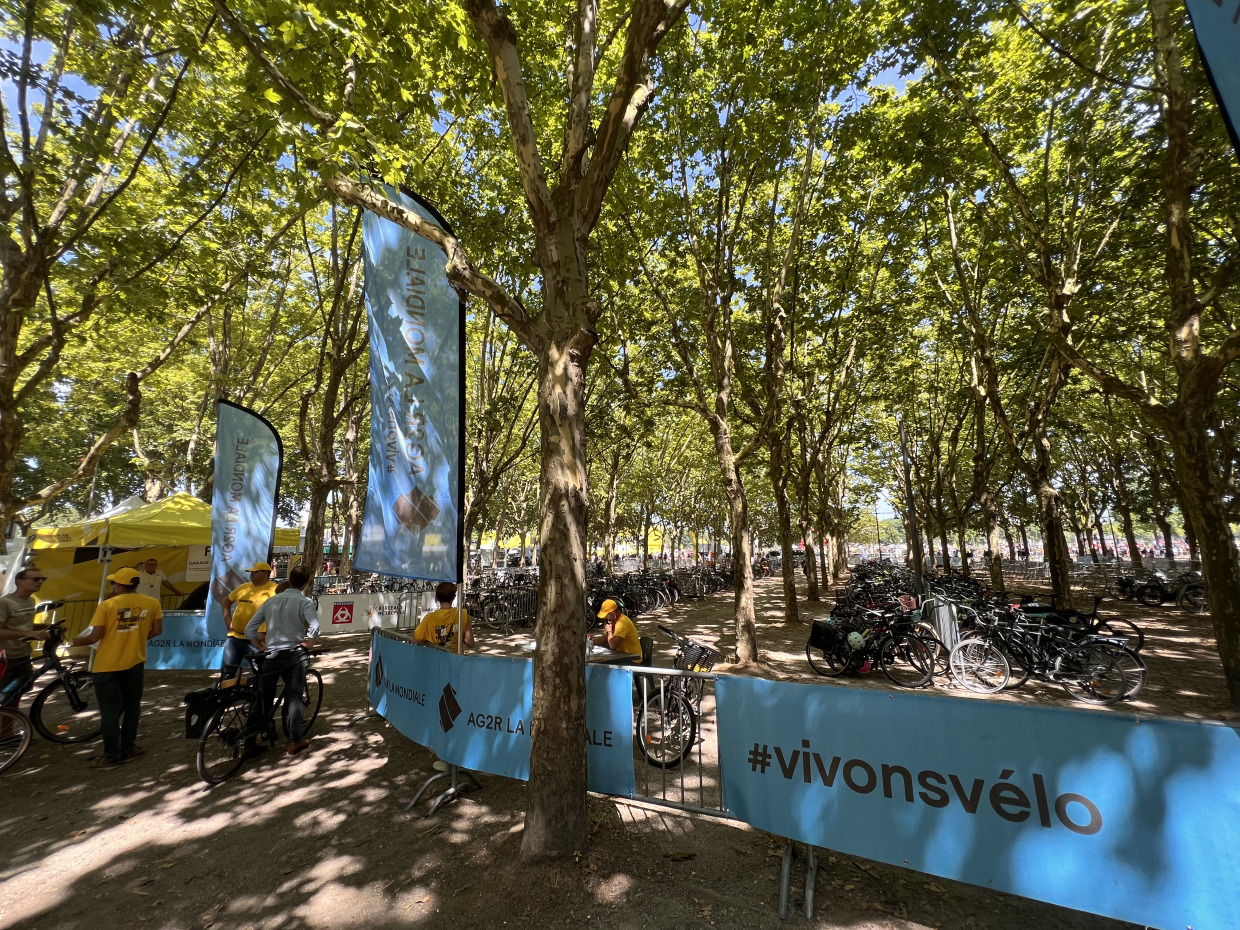
In covering the Tour de France, navigating courses with large crowds by car is challenging, so I always opt for alternative passes to reach the finish. These alternate routes are also renowned spots, but naturally draw fewer people on race days. I’ve noticed surprisingly many cyclists riding through such areas. It seems they prioritize enjoying their own ride in these less crowded places near the Tour de France.
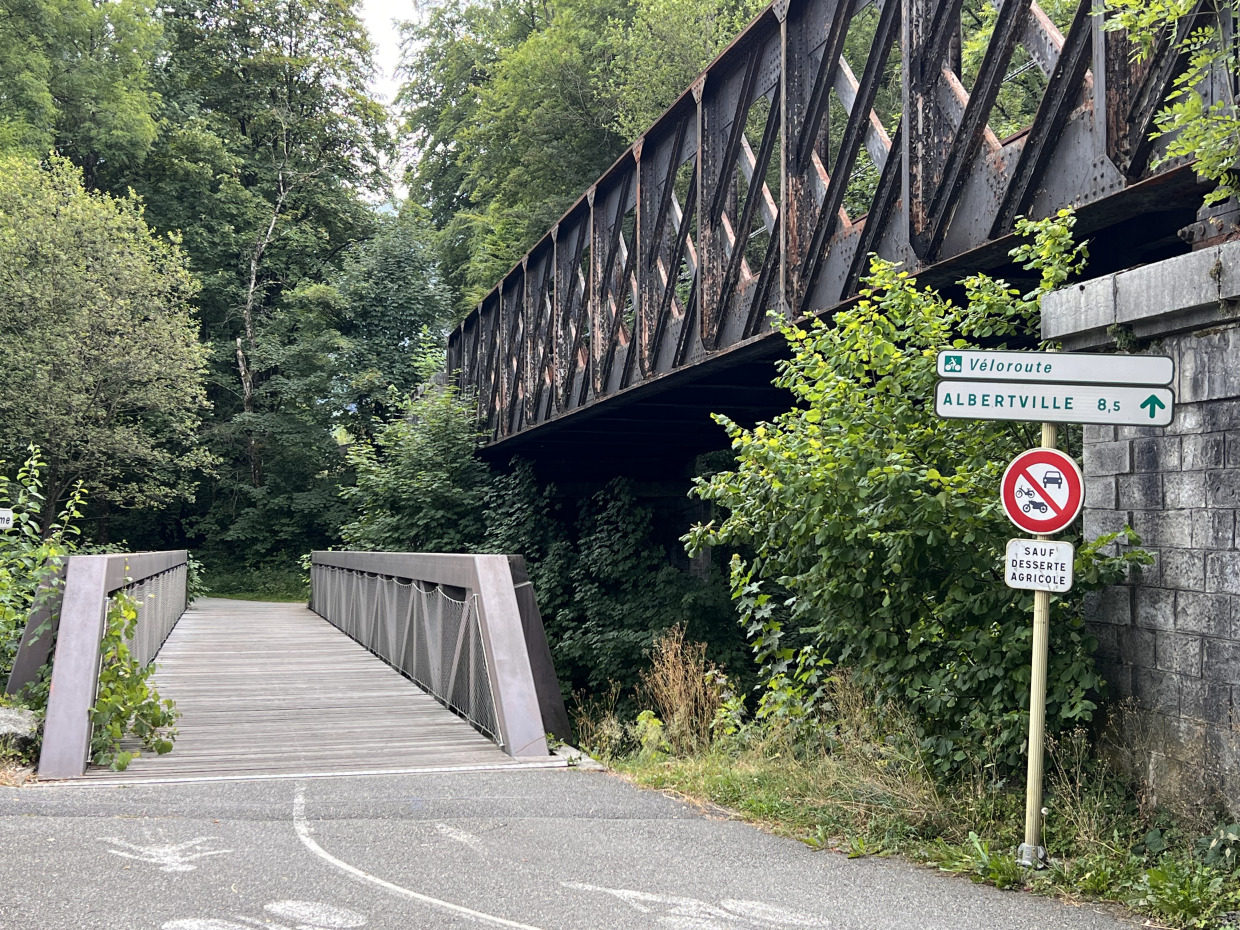
When cycling on roads in France, there are certain things to keep in mind. Of course, you may initially be confused by driving on the right side, but once you start riding, you’ll always be aware that it’s the opposite of Japan, so you won’t make mistakes. Sometimes, when you start riding again after taking a break, your thought process may momentarily revert to being in Japan, so you need to be careful at those times.
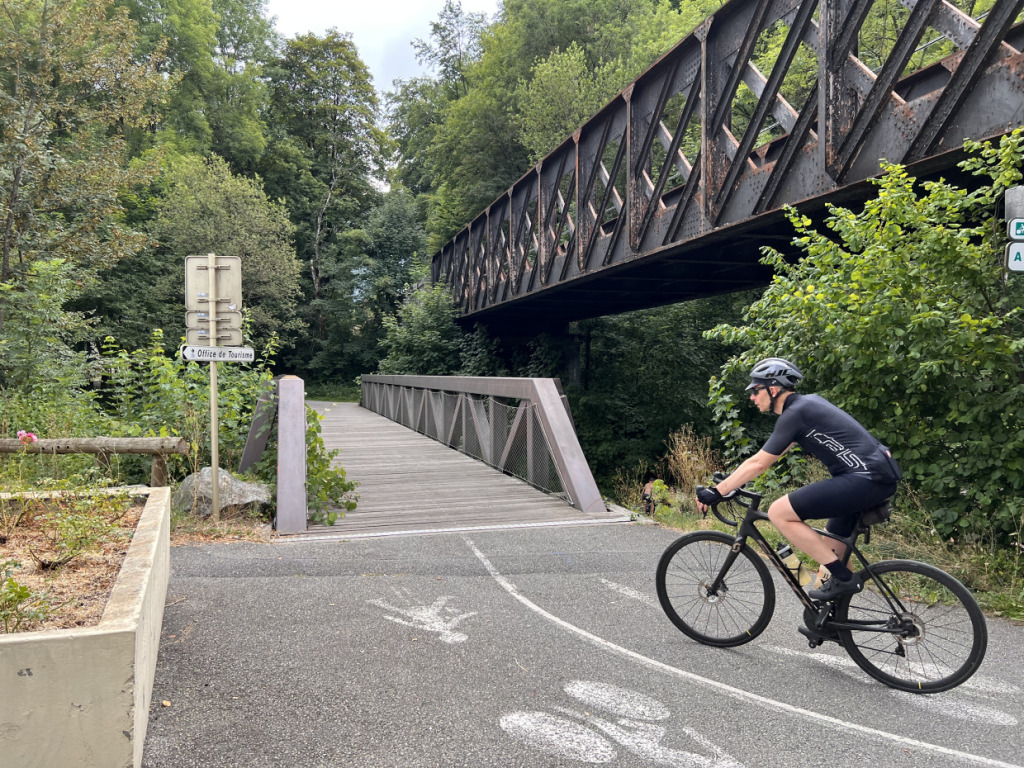
It’s nice that French drivers respect cyclists. Surely, because they have been riding bikes on the roads since their childhood. Recently, I’ve seen signs that say ‘Give 1.5 meters distance when overtaking a bicycle,’ but as long as you are cycling in France, this doesn’t make much sense.
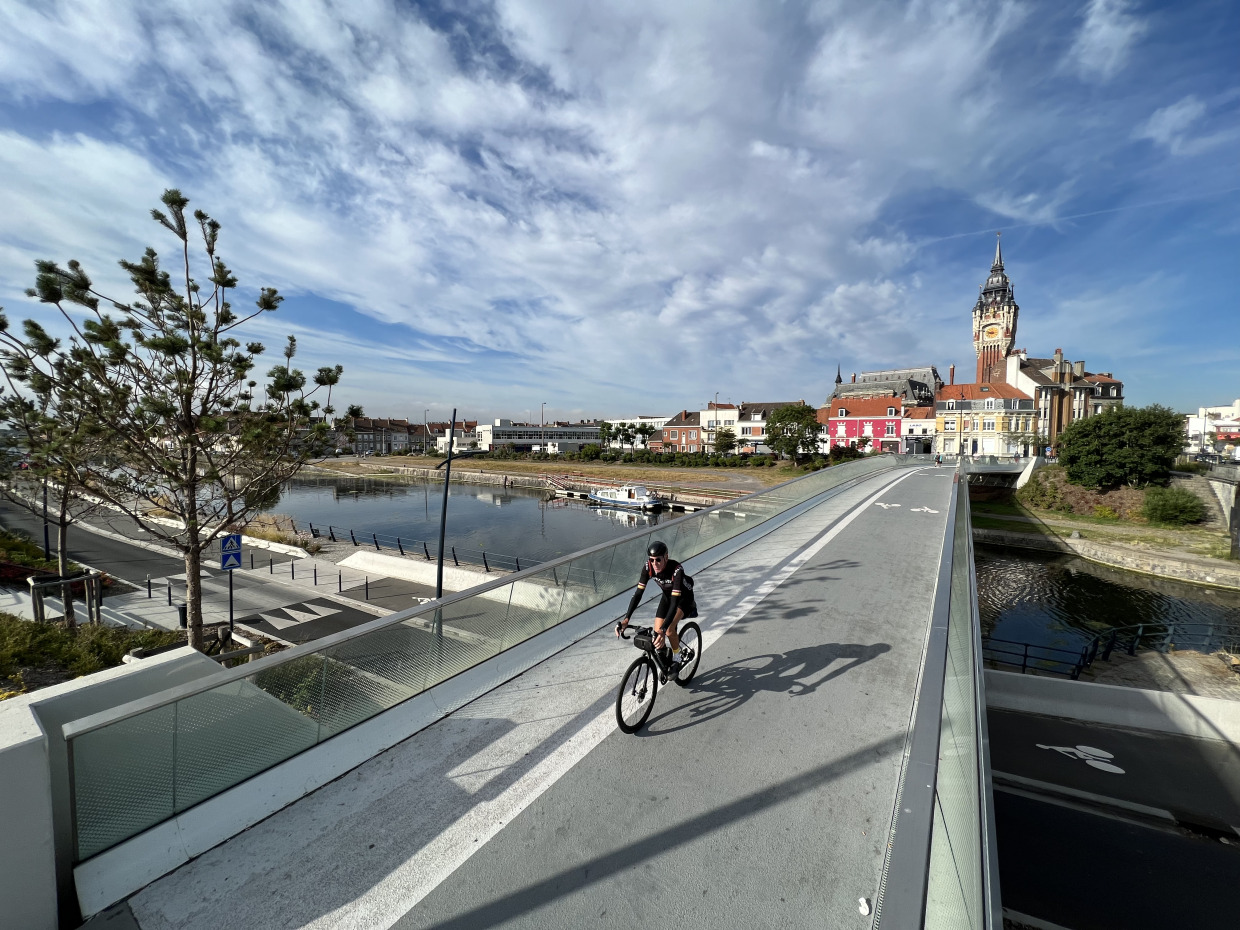
The reason is that on prefectural roads marked with yellow Ds, the speed limit is often 80 or 90 km/h. At those speeds, even leaving a 1.5-meter distance from cyclists creates significant wind pressure that can knock them over. Drivers therefore slow down significantly and often move completely into the opposite lane to overtake cyclists with an exaggerated distance. They wait until they can see no oncoming traffic before overtaking cyclists. Occasionally, on peaceful D roads, you might unexpectedly encounter traffic jams because there’s a cyclist or a horse ahead, and each vehicle is carefully overtaking them one by one.

On the map, red N roads are national highways, some of which have a speed limit of 110 km/h on autoroutes (motorways for automobiles). In the Netherlands, there are cycling routes separated by avenue trees, but France is not as extensively developed in this regard. Therefore, it’s better to exclude N roads from cycling route plans and choose D roads instead. The Tour de France also rides almost entirely on D roads. These single-lane roads provide a close and appropriate distance when spectating, making them ideal.
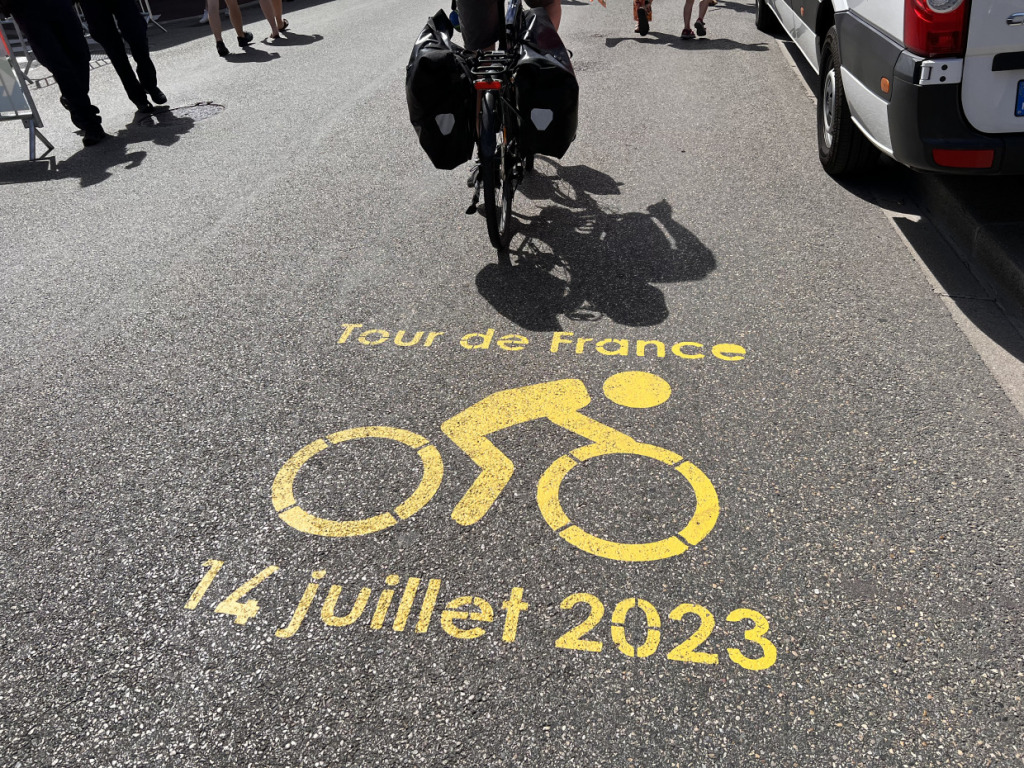
D roads connect scattered villages. In the center of each village, you can often spot the spire of a church, which indicates its focal point. However, these areas always have a 30 km/h speed limit enforced by speed bumps, which vary in shape from round bumps to curved surfaces resembling slides. Even on a road bike, entering these at high speeds can be risky, potentially causing jumps. It’s advisable to slow down significantly and, if there are other cyclists behind, point out or call attention to the road surface. Professionals sometimes clear these with bunny hops, but it’s best not to try to imitate them.
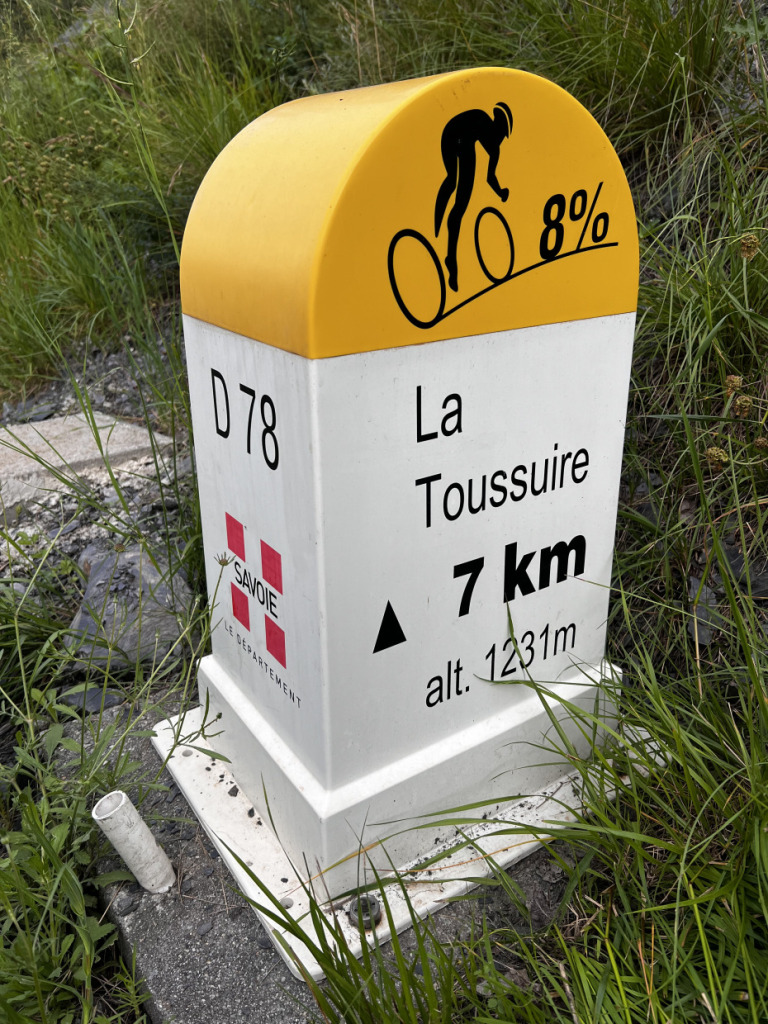
A roundabout, known as “Rond Point” in French, is a traffic system where vehicles do not necessarily need to stop like at traffic lights. In English, it’s called a “roundabout.” In spacious France, it’s effective for traffic flow but can be challenging for cyclists. Essentially, vehicles already inside the circle have the right of way, increasing the risk of collisions with vehicles trying to exit. Even local cyclists use large gestures to indicate “I’m still inside the circle” or “I’m turning at the next exit.”
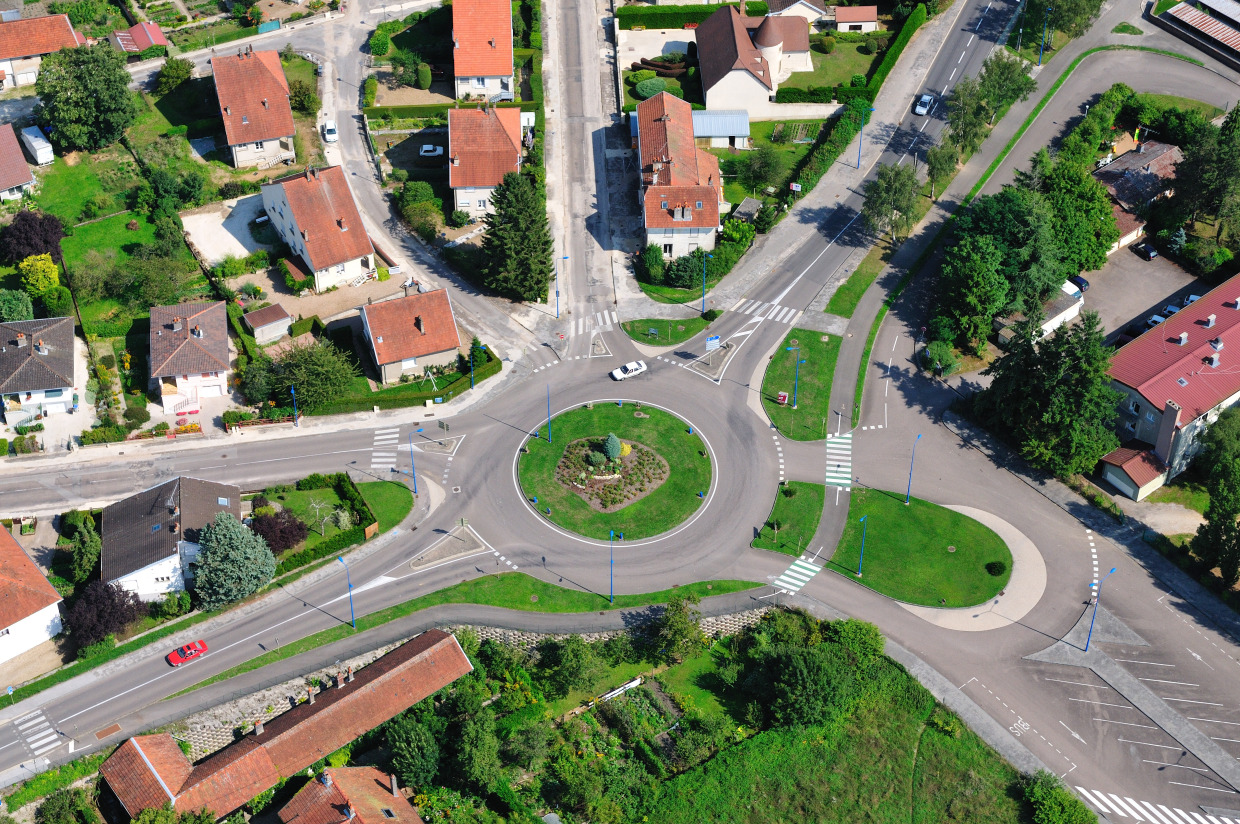
However, French roads are cyclist-friendly. I appreciate the consideration from drivers. When I myself drive, I make sure to respect cyclists, and in return, they often give me a big smile as a thank you. French people are really nice, I think.
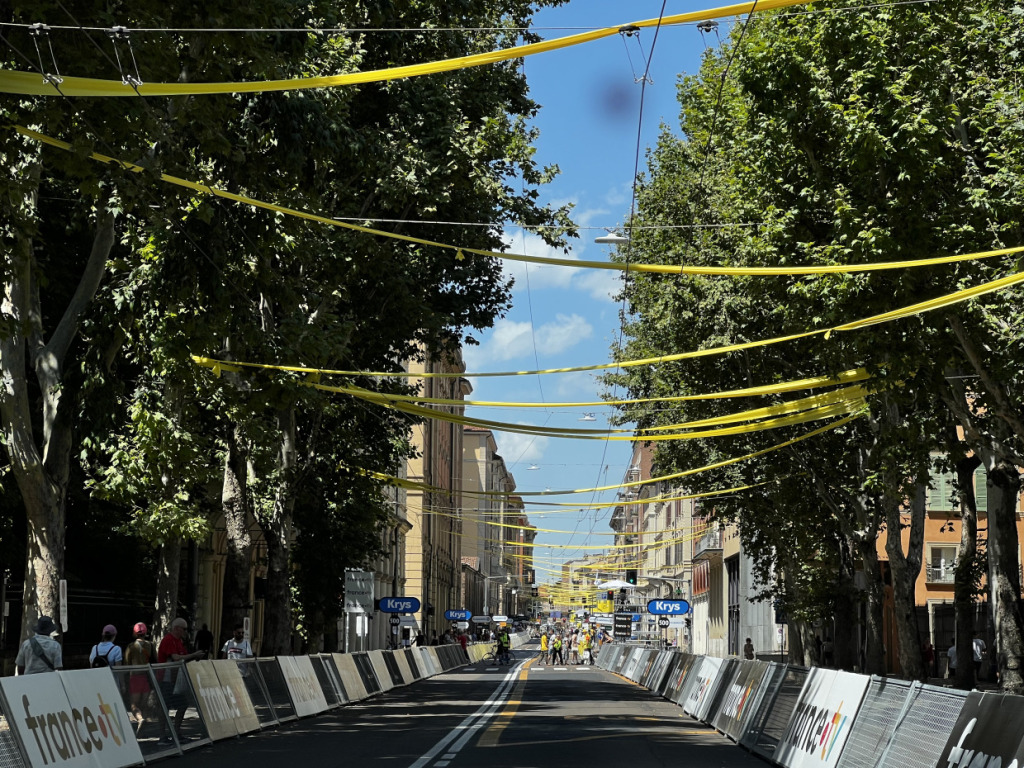
The third column features courses you should definitely ride when visiting from Japan. The Alps section is suitable for beginners and intermediate riders, while the Pyrenees section is more suited for advanced riders.
🚴♂️A Journalist with 30 Years of Experience Views It This Way.Tour de France 2024🚴♂️
#01
#02
#03
🚴♂️Other articles by Mr. Yamaguchi about the Tour de France can be found here (external link & Japanese text only)🚴♂️
-The Tour de France started from the ‘Alarm Clock’ on the outskirts of Paris.
-The Unsung Heroes of the Tour de France: Everyone’s Beloved Advertising Caravan Team
-In the beautiful Provence region of southern France, there is said to be a mountain inhabited by demons.
-My Tour de France started from Rouen.
–Pilgrims heading for sacred places… This journey is the origin of the Tour de France concept.
-A hotel I’d like to stay at before I die… Viewing a starry sky at an observatory.
Text_Kazuyuki Yamaguchi
Profile
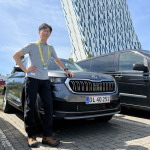
Kazuyuki Yamaguchi
A sports journalist with 30 years of experience covering the Tour de France. In addition to cycling, he has covered table tennis, track and field, rowing, and others, contributing articles to Tokyo Chunichi Sports among others. He has served in public relations roles for international cycling events held in Japan. His works include ‘Shimano: The Bicycle Parts that Conquered the World – From a Small Sakai Workshop to Global Standards’ (Koubunsha) and ‘Tour de France’ (Kodansha Modern New Books), both available as e-books. He studied French literature at Aoyama Gakuin University’s Faculty of Literature.
Post Date:2024.07.26